Introduction: Why is slitting important?
In the structure of lithium batteries, the separator is a thin film with a microporous structure located between the positive and negative electrodes. Its core role is to prevent short circuits in contact between the poles while allowing lithium ions to pass freely. Any defects in the separator, such as burrs, contamination, wrinkles, or inaccurate dimensions, can lead to reduced battery performance, self-discharge, or even thermal runaway (fire and explosion).
Therefore, as the last key process of slitting the wide raw film into the required narrow finished rolls, the technical level of the slitting machine directly determines the yield, quality consistency and safety and performance of the final battery.
1. Characteristics and slitting challenges of lithium battery separators
Lithium battery separators (mainly PP/PE or ceramic-coated films) are extremely difficult materials to process, which puts forward extremely high requirements for the slitting process:
1. Extremely thin and fragile: The thickness of the septum is usually between 5-20 μm (microns), which is thinner than a hair, and is very prone to drawing, tearing, and wrinkling during the slitting process.
2. High-value materials: The cost of separators accounts for 10%-20% of the total cost of the battery, and any slitting loss means a huge economic loss.
3. Extremely high cleanliness requirements: Any tiny dust and metal debris contamination will cause a short circuit in the battery. The slitting process must be dust-free and low-dust.
4. Strict dimensional accuracy: Width tolerances are usually required to be controlled within ±0.1mm or even ±0.05mm, otherwise it will affect the alignment of subsequent cell winding or lamination.
5. Perfect winding quality: It is required that the winding tension control is extremely accurate, the coil is neat and free of movement, no chrysanthemum pattern, and no hard spots, otherwise it will lead to poor unwinding and diaphragm deformation.
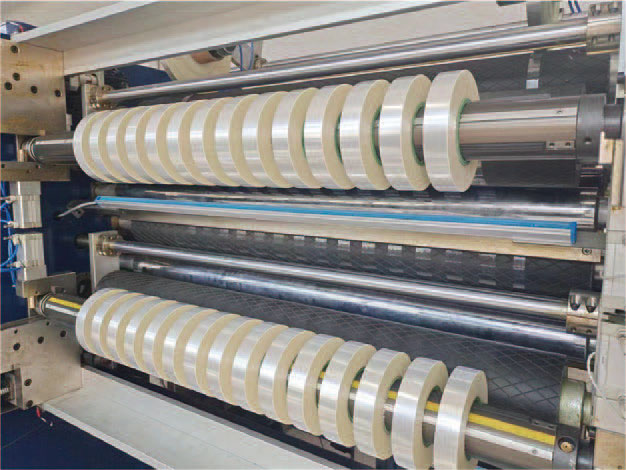
2. The core solution of professional lithium battery separator slitting machine
To address the above challenges, modern high-performance diaphragm slitting machines incorporate a range of cutting-edge technologies and solutions, including:
1. High-precision tension control system
This is the "soul" of the slitting machine. The system uses full closed-loop tension control and usually includes:
• Multi-stage tension control: From unwinding, traction to rewinding, it is divided into multiple independent tension control zones for smooth transition.
• High-sensitivity tension sensor: Monitor and fine-tune tension in real-time to prevent tension fluctuations from causing the membrane to stretch or relax.
• Taper tension control: With the increase of the winding diameter, the tension is automatically reduced linearly to ensure the consistent tightness of the inner and outer layers, avoiding "hard rolling" and "chrysanthemum pattern".
2. Advanced cutting methods
• Blade Material: Use ultra-hard, ultra-sharp diamond-coated blades or ceramic blades to ensure sharp cuts, extend life, and reduce dust generation.
• Cutting Techniques:
◦ Shear Cut: The most commonly used method. The upper and lower round knives bite precisely like scissors, with good shearing effect, smooth and burrs-free, and less dust. The tool angle and overlap need to be precisely adjusted.
◦ Razor Slitting: Used for extremely thin or specially coated diaphragms with faster tool loss and finer control.
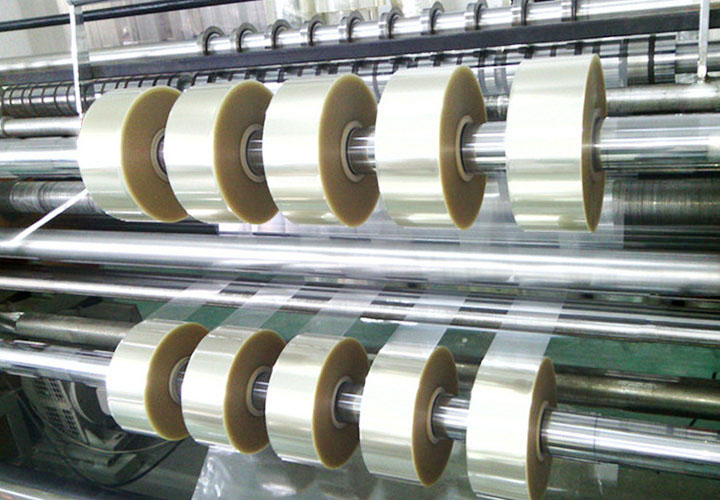
3. Dust-free and clean design
• Fully enclosed structure: The main body of the machine is enclosed and maintains a slight positive pressure inside to prevent external dust from entering.
• Integrated ion air wand: Eliminate static electricity on the film surface before and after slitting to prevent dust from being adsorbed.
• In-line dust removal system: equipped with a vacuum suction device to suck up trace dust generated by cutting in real time near the knife edge.
• Anti-metal design: Critical contact components are made of ceramic or polymer materials to avoid metal chips generated by metal-to-metal friction.
4. High-precision guidance and guidance system (EPC)
• Install high-precision photoelectric or CCD sensors before unwinding, slitting and winding to detect the position of the film edge in real time.
• The micro-movement of the roller or the whole set of devices is driven by a pneumatic or servo system to ensure that the film roll always runs along a predetermined path throughout the slitting process, ensuring the consistency of the slitting width.
5. Intelligent drive and control system
• Multi-servo motor drive: each main roller and retraction reel are driven by independent servo motors, with high synchronization, fast response speed and precise control.
• HMI human-machine interface: The integrated touch screen control system can preset, store and call various process parameters (such as tension and speed of different specifications of diaphragms, etc.) to achieve "one-click production change".
• Data Logging and MES Integration: Record the slitting data (length, width, tension curve, etc.) of each roll of products, trace the entire production process, and connect with the Manufacturing Execution System (MES) to meet the requirements of Industry 4.0 smart factories.
6. Automation and auxiliary devices
• Automatic loading and unloading systems (AGVs/manipulators): reduce manual intervention and avoid bumps and contamination.
• Integrated interface of online defect detection system: It can be linked with the visual inspection system to find defects during the slitting process and automatically mark or sort.
• Labeling and weighing system: each roll of finished product is automatically labeled with product information, and the meter length is automatically weighed and accounted for.
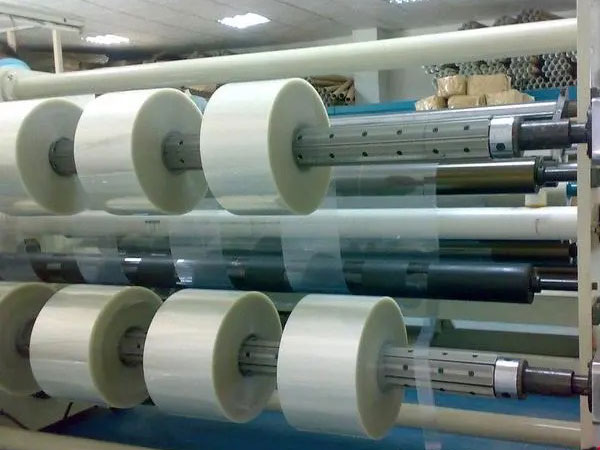
3. Brief description of the slitting process
1. Feeding: The master coil (wide raw film) is accurately placed on the unwinding reel by driving or AGV.
2. Film threading: Manually or semi-automatically thread the film head through a series of guide rollers, traction rollers, EPC correctors, and slitting tool holders.
3. Parameter setting: Select or enter the specifications of this slitting (width, length, tension, etc.) on the HMI.
4. Start slitting: The equipment automatically runs according to preset parameters to complete constant tension unwinding, correction, precision slitting, dust removal, winding and other actions.
5. Unloading and packaging: After the slitting is completed, the equipment prompts, and the operator or manipulator will remove the finished coil and vacuum packaging it (usually carried out in a 10,000-level clean room) to prevent moisture absorption and contamination.
4. Development trend
1. Faster and more efficient: Slitting speeds are constantly increasing to meet the growing market capacity demands.
2. Smarter and more adaptive: AI algorithms are introduced to enable the machine to automatically optimize and adjust parameters such as tension based on the real-time state of the film, such as thickness fluctuations.
3. Integration: It is more closely linked with the upstream coating process and the downstream winding process to form an integrated production line.
4. Suitable for new generation separators: adapt to the processing requirements of new materials such as thinner composite separators and solid electrolyte membranes.
conclusion
In the context of the vigorous development of the new energy industry, the film slitting machine is no longer a simple cutting equipment, but a high-end equipment integrating precision machinery, intelligent control, non-destructive processing and cleaning technology. The slitting solution provided by the lithium battery separator is a key link to ensure the safety, consistency and high energy density of lithium-ion batteries, directly promoting the technological progress and reliable development of the entire new energy industry. Choosing a high-performance, high-stability professional diaphragm slitting machine is an inevitable choice for any high-end diaphragm manufacturer.



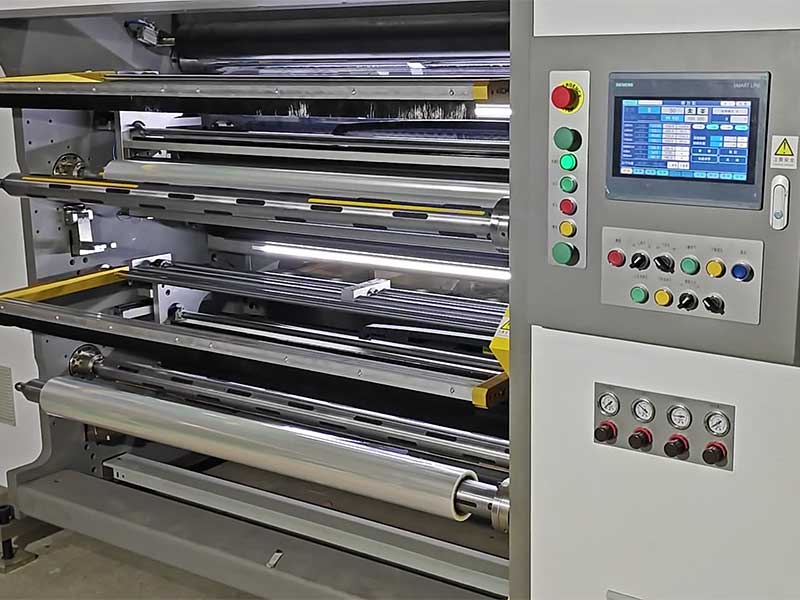
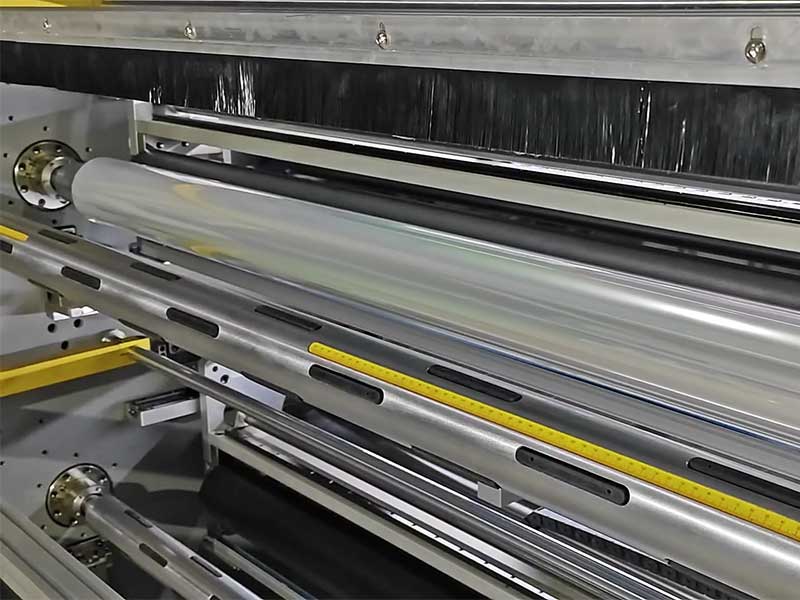
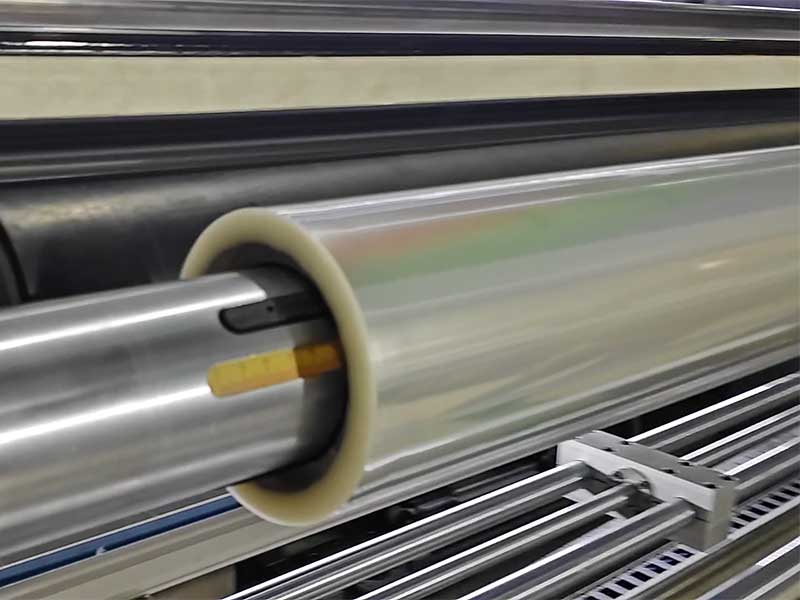
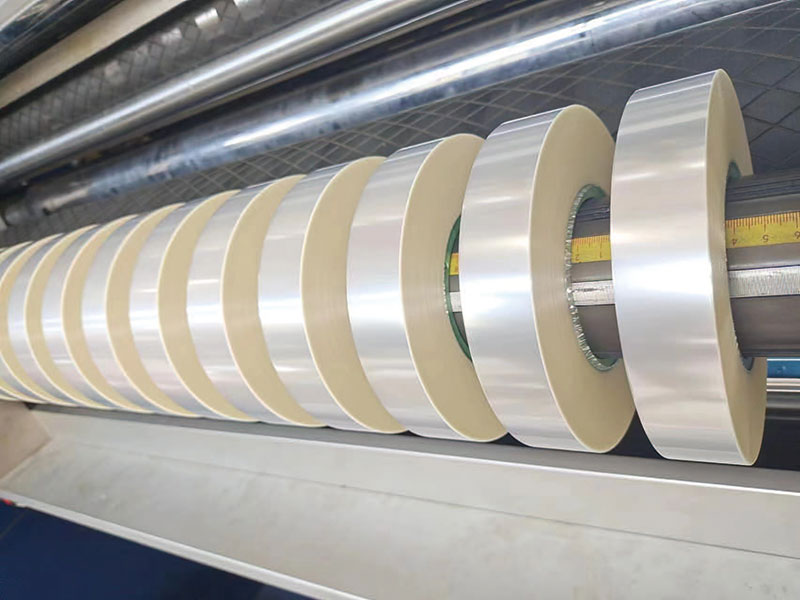
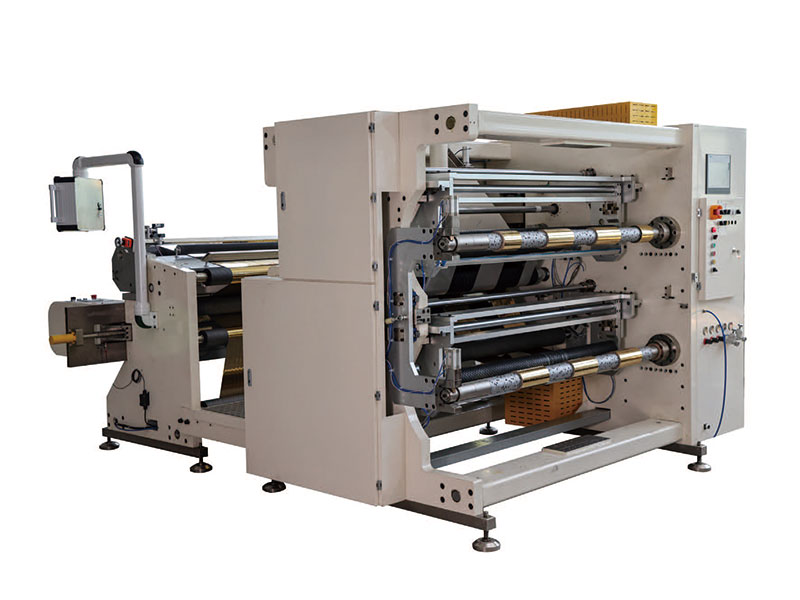 1400mm Hot Stamping Foil Slitting Machine
1400mm Hot Stamping Foil Slitting Machine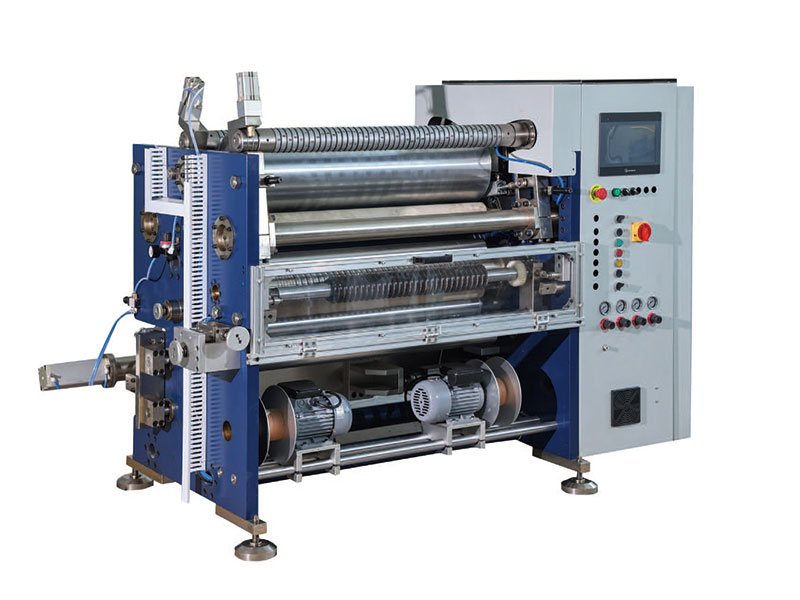 800mm Hot Stamping Foil Slitting Machine
800mm Hot Stamping Foil Slitting Machine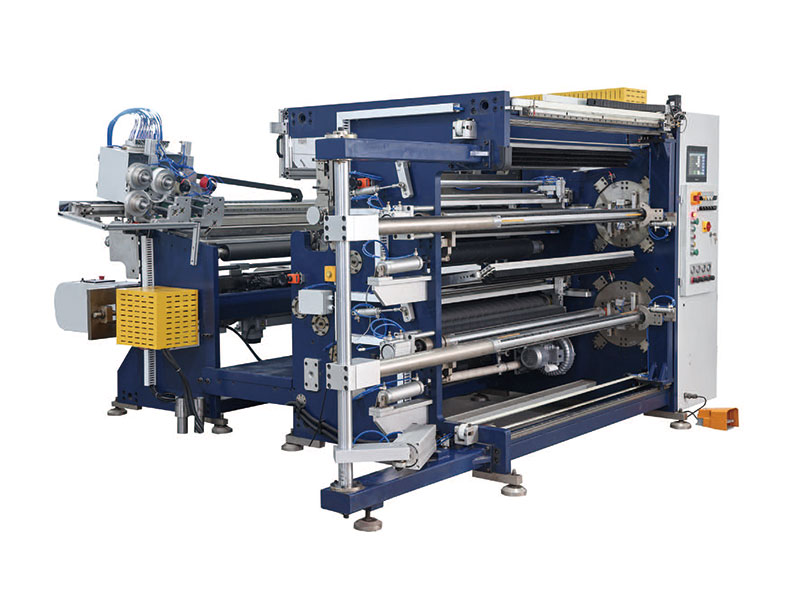 1350mm Hot Stamping Foil Slitting Machine
1350mm Hot Stamping Foil Slitting Machine New Energy Ultra-thin Film Slitting Machine For Capacitive Film
New Energy Ultra-thin Film Slitting Machine For Capacitive Film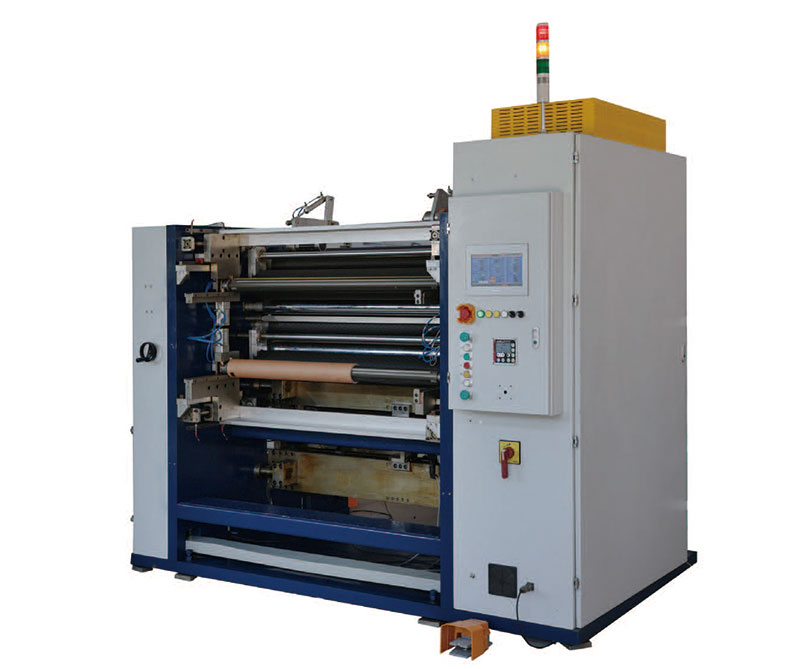 New Energy Ultra-thin Film Slitting Machine For MOPP
New Energy Ultra-thin Film Slitting Machine For MOPP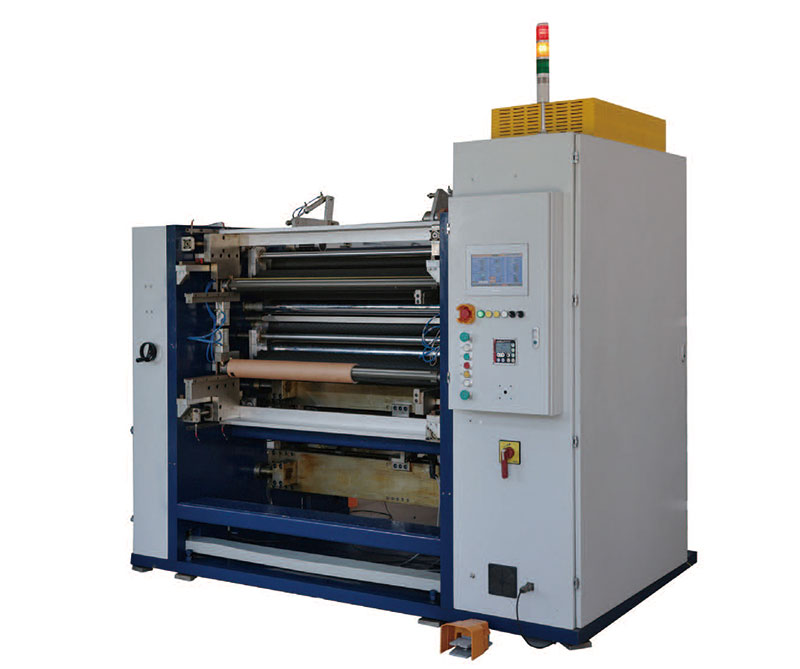 New Energy Ultra-thin Film Slitting Machine For MPET
New Energy Ultra-thin Film Slitting Machine For MPET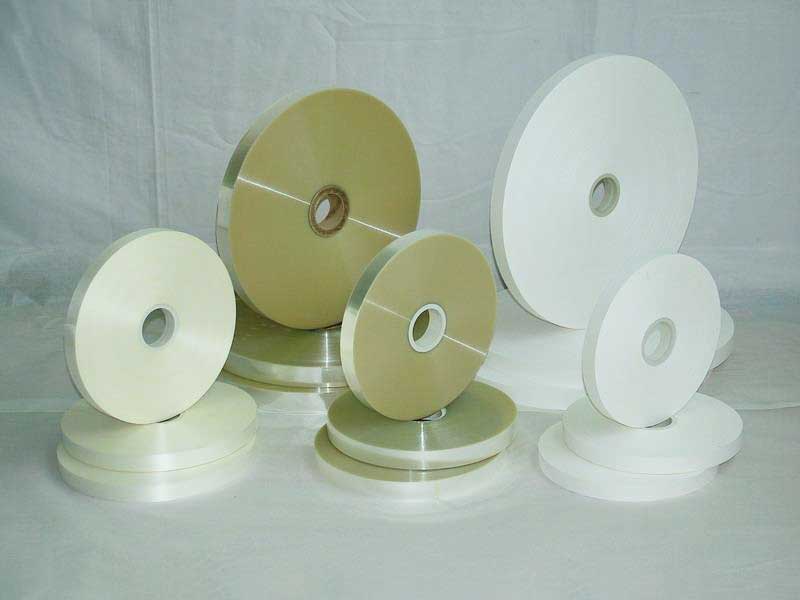 Film Slitting Machine
Film Slitting Machine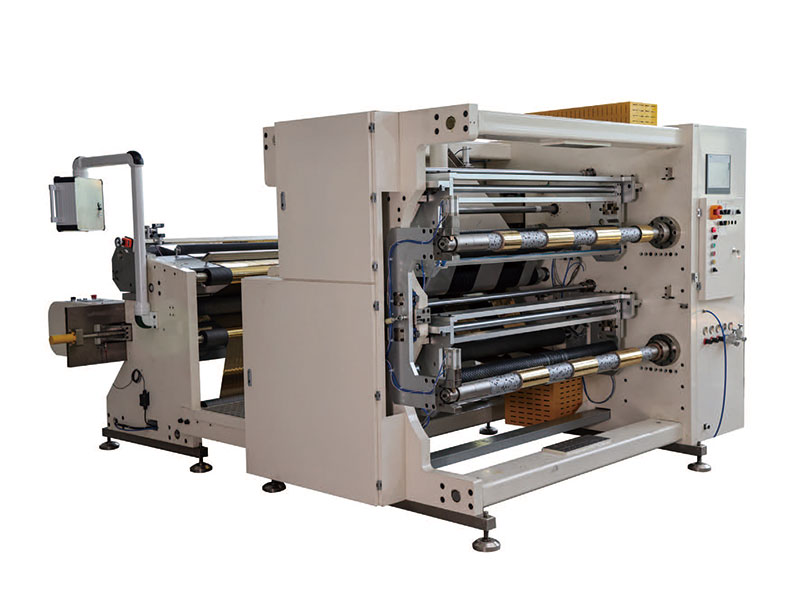 1400mm Copper Foil Slitting Machine
1400mm Copper Foil Slitting Machine

